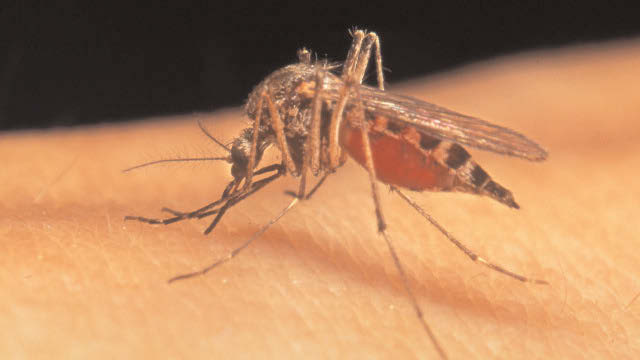
With different viruses devastating new territories every two years with imperialistic ease, the world has been forced to forge alliances with a fervour never seen before. Over the past 15 years, diseases that went viral within weeks to create pandemics and outbreaks across continents include Ebola from west Africa in 2013-15, middle-eastern respiratory syndrome (MERS) from 2012 to present, H1N1 pandemic influenza
(popular referred to as swine flu) from Mexico in 2009-2010, H5N1 (bird flu) from Asia to the present in 2003, and Severe Acute Respiratory Syndrome (SARS), from China to 37 countries in 2002.
Better hygiene, antibiotics, diagnostics, and vaccines have armoured us against disease by offering tools for preventing and responding to outbreaks, but rapid growth in population, greater animal-human interaction, economic globalisation, environmental degradation, and increasing travel across borders is leading to epidemics that not just sicken and kill but also cause economic disruption that span generations.
Another global pandemic on the scale of the 1918 influenza (Spanish flu) outbreak, which killed 50-100 million people, for example, would cost the world more than $60 billion. If left to run its natural course– without modern surveillance, testing and treatment protocols — the novel H1N1 pandemic influenza virus would have gone the Spanish flu way and killed or come close to killing as many across the world.
Uncommon flu
Most new viruses that cause outbreaks start with flu-like symptoms of fever, cough and body ache that may rapidly lead to lung collapse and death from multi-organ failure. Except for H5N1, where people sickened from direct contact with infected birds and disease remained limited to 15 countries in Asia, Africa and Europe over 15 years, all outbreaks occur from person-to-person transmission, which is far more difficult to control.
Ebola, which killed more than 11,000 people and took close to three years and$2.2 billion to contain, stood out from other respiratory diseases because of its starkly horrific symptoms of highly-infectious bleeding and sweating that sickened those caring for the ill and dying. Though the cycle of transmission was psychologically brutal for those affected, it was less challenging than influenza from the public health perspective: people were safe as long as they avoided direct physical contact with the family and friends who were ailing and dying. Treatment in isolation wards and using gloves, face-masks and hazmat suits became a mainstay of containment. And it worked.
Rapid response
Worried by the growing threats of outbreaks, a 17-member international commission outlined an ambitious plan to prepare for the next global health crisis, whether it’s a resurgence of Ebola, SARS, bird flu, Zika, or an entirely new disease. Writing in New England Journal of Medicine , the commission underlines the urgent need to improve public health capabilities and infrastructure of countries, set up an international leadership for preparedness and response, and fund research and development on infectious diseases. The annual cost of preparedness would be $4.5 billion, which is roughly Rs 50 per person per year.
Source: HT




Be the first to comment